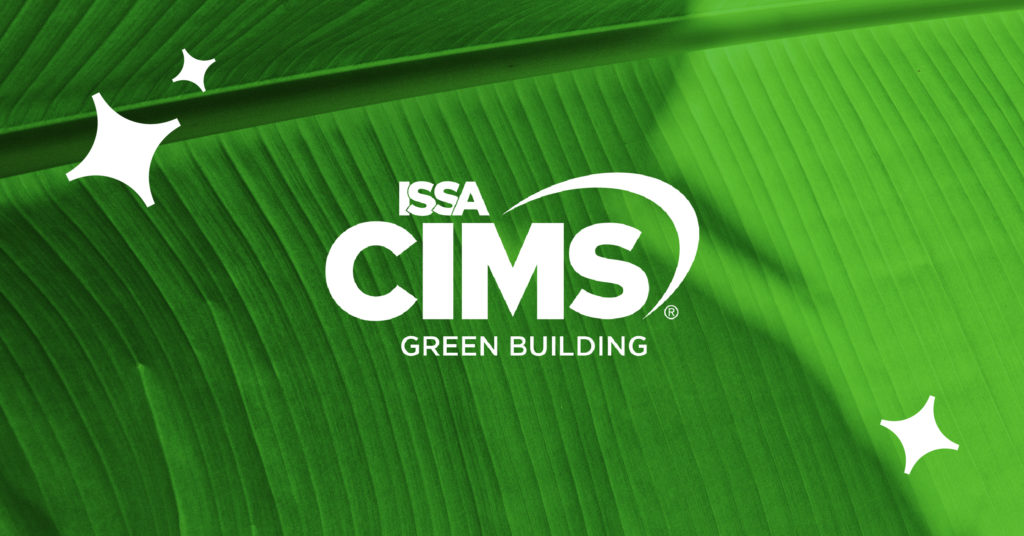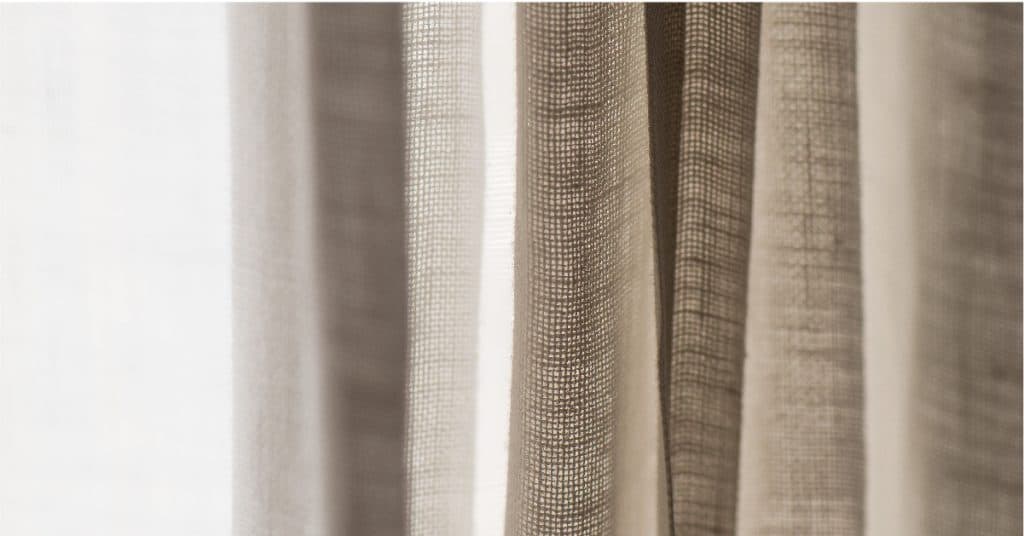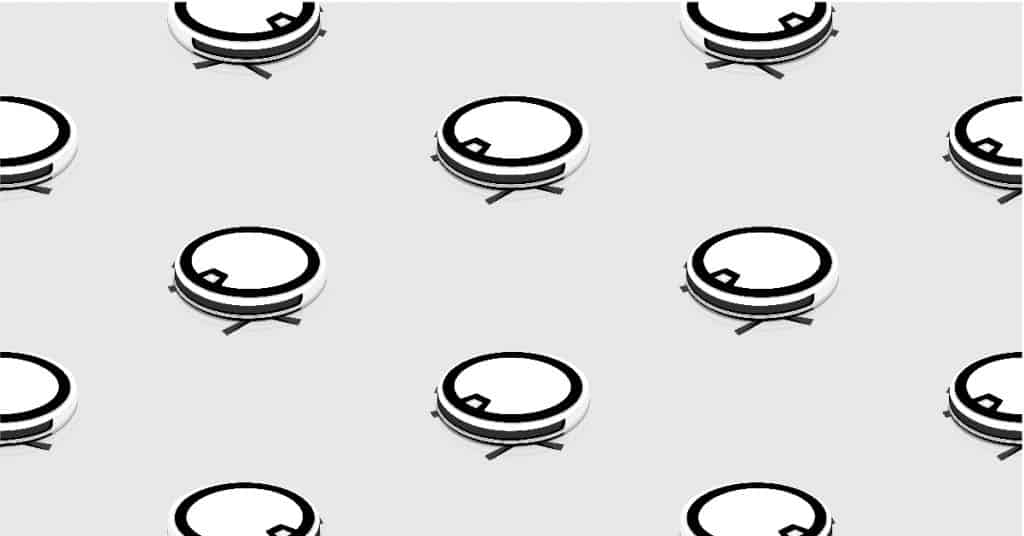What’s CIMS-GB and why should you care?

We’re not those people who like to shout about our accolades, but in this instance it’s important. As the world prioritizes cleaning and disinfection, you need to understand what CIMS-GB is and why it matters that your cleaning company has the certification. The reason? Because the world’s full of misleading messages, plenty of snake oil […]
Soft-surface disinfection: Tips for tackling upholstery, drapes and more

Walk into almost any store, office or clinic and you’ll see someone wiping down door handles and spraying tables with disinfectant. What you may not see is another important side of cleaning: Soft-surface disinfection. While it’s relatively easy to disinfect hard surfaces if you have the right chemicals and training, soft surfaces such as upholstery, drapes and furniture aren’t […]
Commercial cleaning robots: Are they effective?

When it comes to commercial cleaning robots, there’s more to them than meets the eye. That’s because while the idea of a giant, robot vacuum quietly cleaning the halls of your 100,000 square-foot office building is inspiring, it’s unfortunately not that simple (never is, right?). For that reason, we’ve broken down what we like and […]